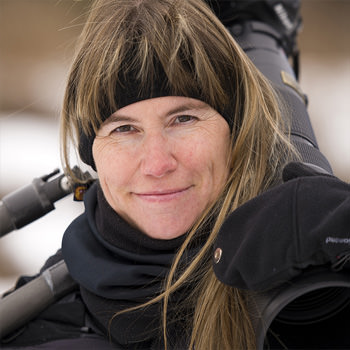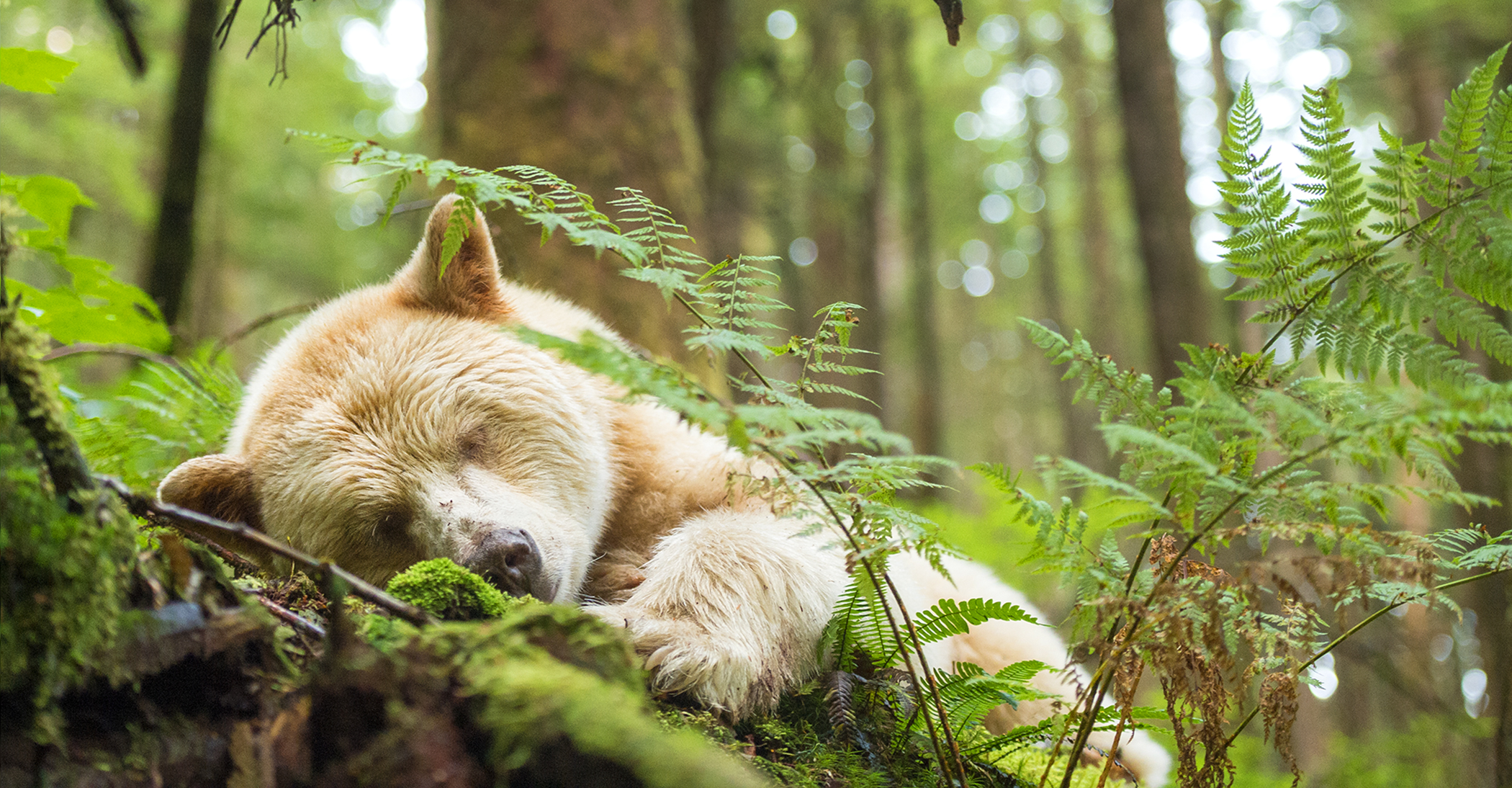
Daisy Gilardini is a conservation photographer who specializes in the Polar Regions, with a particular emphasis on Antarctic wildlife and North American bears. She is from Switzerland originally, and is now based in Vancouver, Canada...
Ambassador profile
WHERE HAVE I BEEN? BRITISH COLUMBIA

If humankind wants to survive and evolve with our planet we have to act responsibly, by acknowledging with humility that Nature is not depended by us; we are dependent on Nature. As environmental photographers it is our duty to capture the beauty of places and species at risk, and raise awareness trough the universal power of the images we capture. While science provides the data necessary to explain issues and suggest solutions, photography symbolizes these issues. Science appeals to our minds, but photography speaks to our hearts. We need both in order to spread the message of conservation effectively, to as many people as possible.
My name is Daisy Gilardini. I am a conservation photographer who specialized in the Polar Regions, having a particular passion for Antarctic wildlife and North American bears. My early passion for the natural world has evolved into a lifelong commitment to spread important messages about conservation and the need to preserve what's left of the world’s remaining wild places.
British Columbia’s Great Bear Rainforest is the world’s largest coastal, temperate rainforest and is home to the Kermode bear, one of the rarest bears in the world. Due to a unique recessive gene, this subspecies of the American Black bear has a white or cream-coloured fur.
Just 400 to 1,000 individuals are believed to remain, in a 400-kilometre-long corridor of rainforest along Canada’s west coast: we must protect this region.
My interest in documenting this habitat and the Kermode bear dates back to 2011, when I learned of an oil-company proposal to build a pipeline through the rainforest. Along with environmental organizations fighting the proposal, including the International League of Conservation Photographers (ILCP) and Pacific Wild, my goal was to help raise awareness of this unique ecosystem, where everything is interdependent, and the need to protect it. Salmon are the natural link which connects the forest to the ocean, through their cyclical spawning seasons. Bears will catch a fish and then drag it into the forest to eat. Birds and other mammals feed on the remains, while marine nutrients, along with the bear’s droppings, help fertilize the forest soil.
The Great Bear Rainforest won a temporary respite November 29th 2016, when the Canadian federal government rejected the Northern Gateway pipeline project. More battles, political and otherwise, lie ahead, though, if the bears, and the area they call home, are to be preserved for future generations.
First Nations aboriginal people have inhabited these forests since the last glacial ice age. They respect the land, harvest sustainably, and honor the sacred Spirit Bear – which they have never hunted. First Nations people are demonstrating responsible environmental stewardship, but that may not be enough. Despite efforts to protect the Great Bear Rainforest ecosystem from further intrusion, the Spirit Bear’s future is still clouded by trophy hunting and habitat destruction.
The difficulty of working in the rainforest is mostly related to the heavy precipitations, hence water and the lack of light.
Constant care of all the gear is a must in order to keep the camera dry and avoid electronic failure. Settings are nearly always at the limit of camera capabilities, often pushing the ISO over 4000.
A good sturdy tripod is essential to work with heavy lenses as well as for video work. I work with Nikon camera bodies as the D5/D500/D4s/D3s with different lenses depending on the assignment going from a Nikkor 24/70mm f/2.8 to a Nikkor 800mm f/5.6. During my career I always relied to Gitzo which never has disappointed me, my top best Gitzo tripod that works best in these extreme conditions is the Gitzo Systematic series 3 long 3 sections carbon tripod.
In 2017 I produced a video "Spirit of the forest" which has been awarded with the 2017 “Conservation Story Award” at the Nature’s Best Photography Windland Smith Rice International Contest. Selected from 26,000 images/videos from 59 countries, the winners, hence also the “Spirit of the forest” video, were displayed at the Smithsonian's National Museum of Natural History in Washington D.C. until September 2018.
Hopefully this video will both raise public awareness and spur politicians to action and preserve this wonderful part of our planet once and for all.

nature & wildlife solutions
Gitzo new, full line of nature and wildlife products are designed to integrate
seamlessly to guarantee the highest level of functionality in the field


































